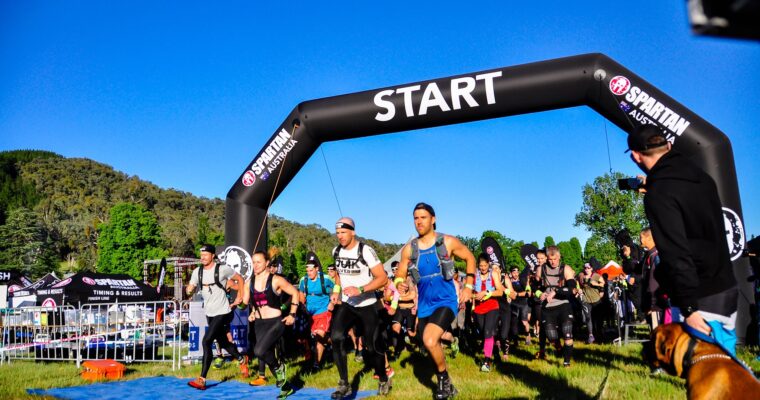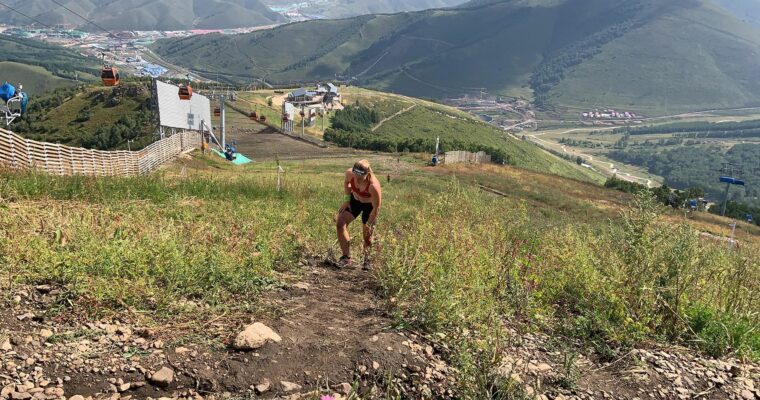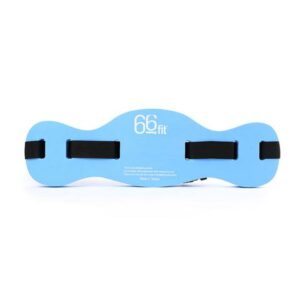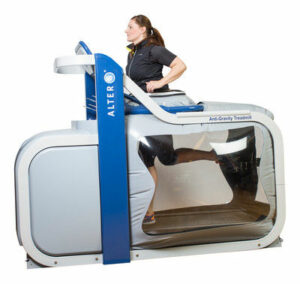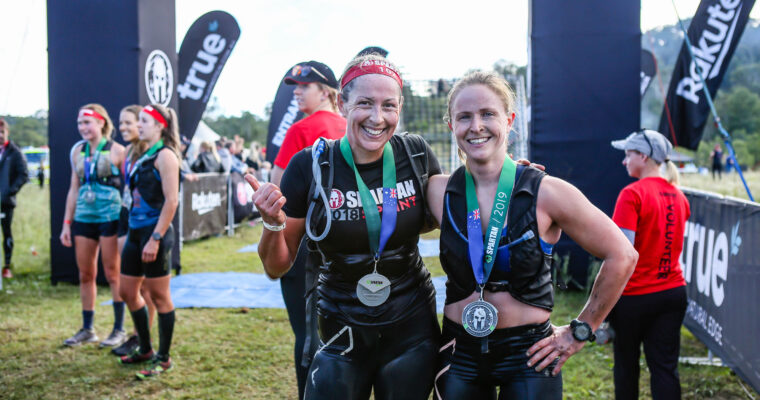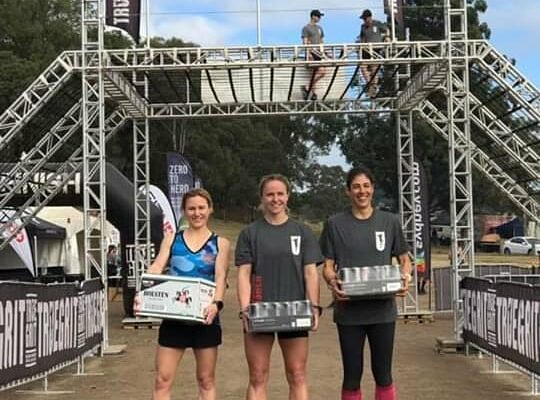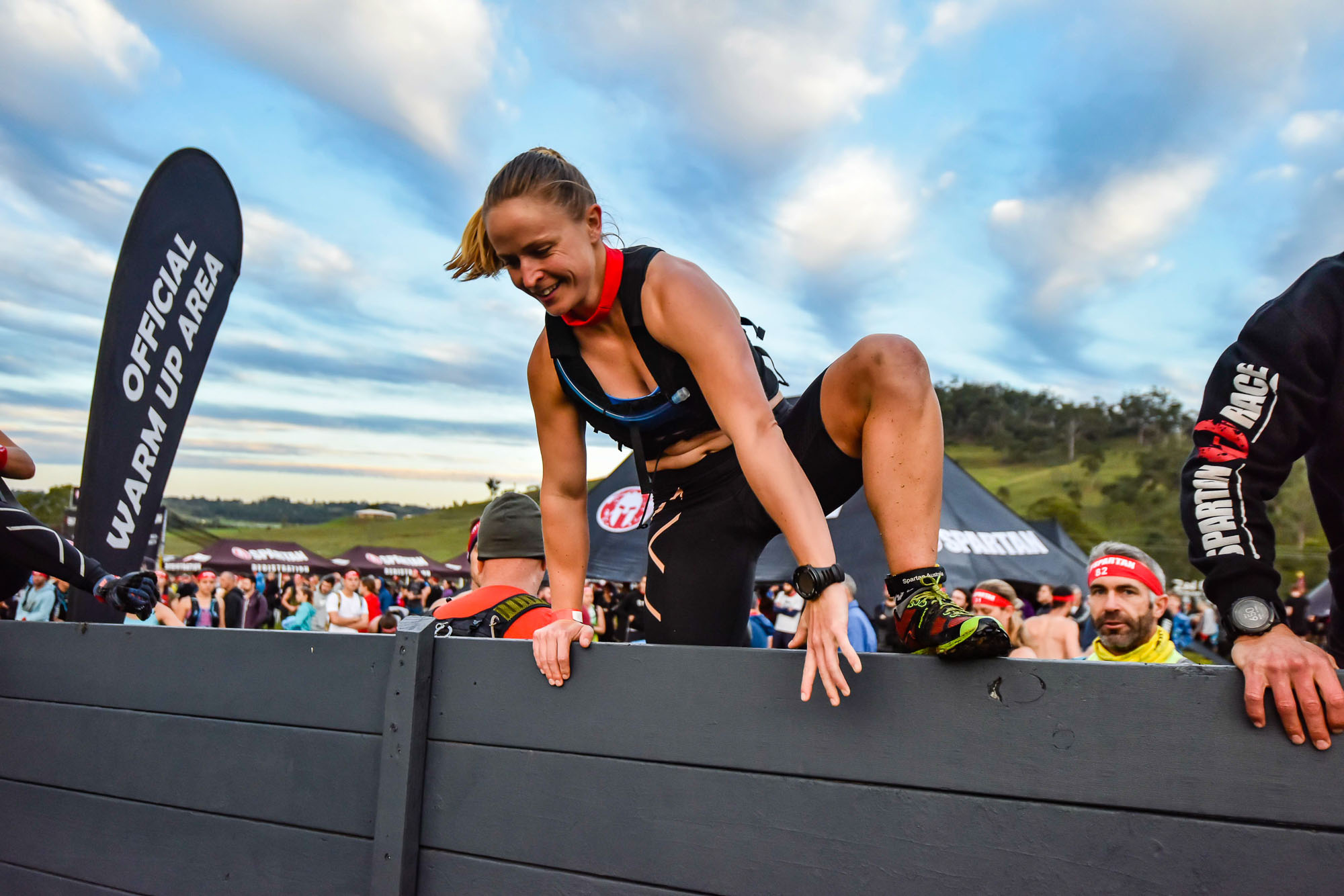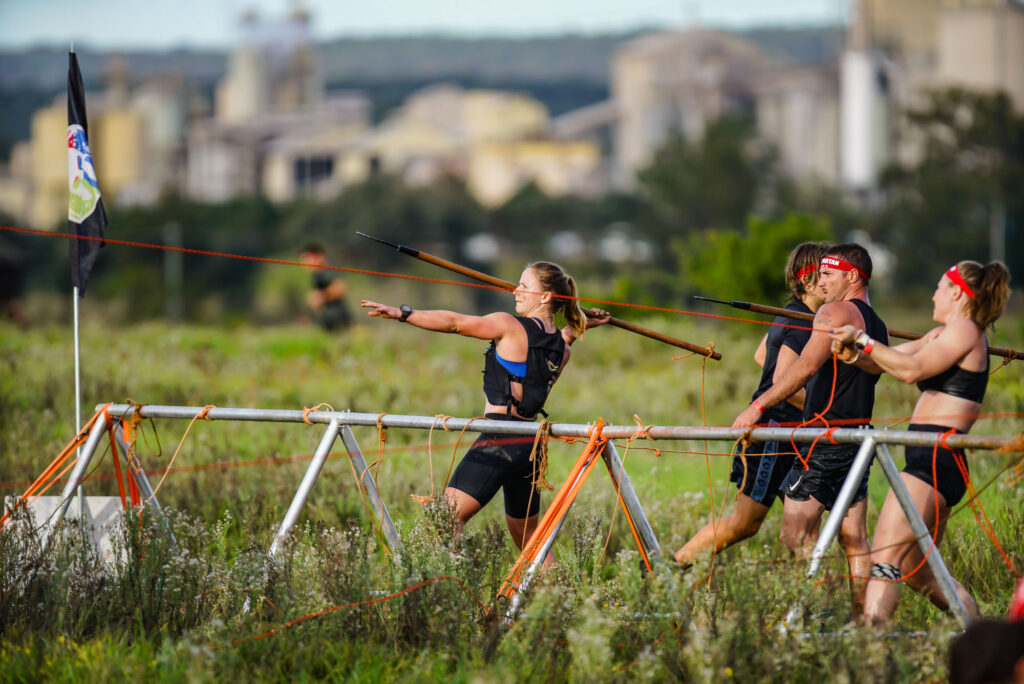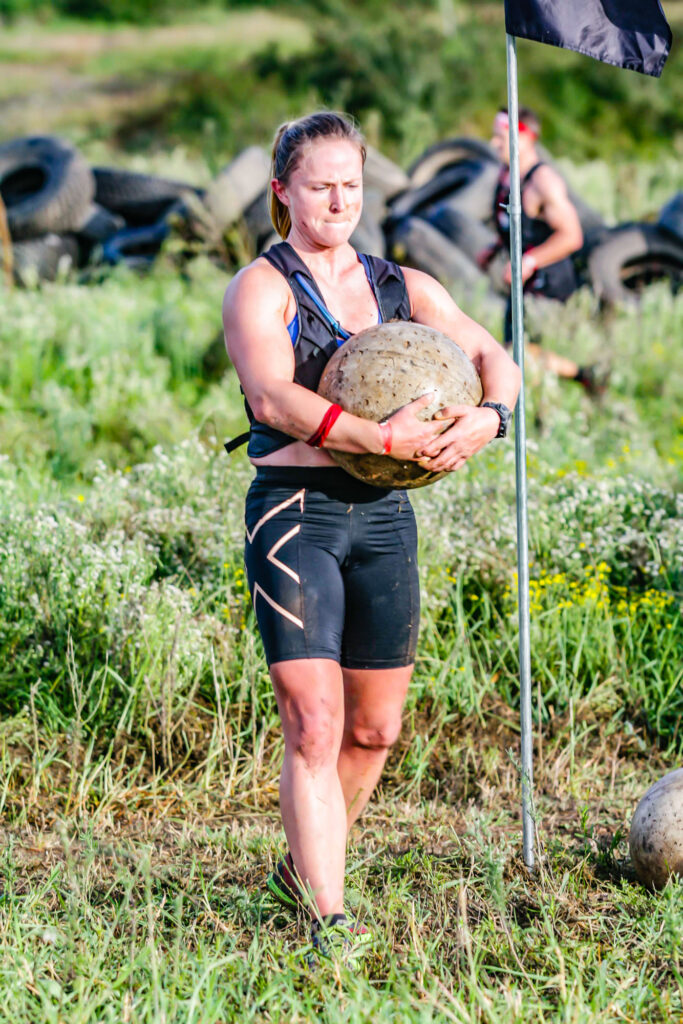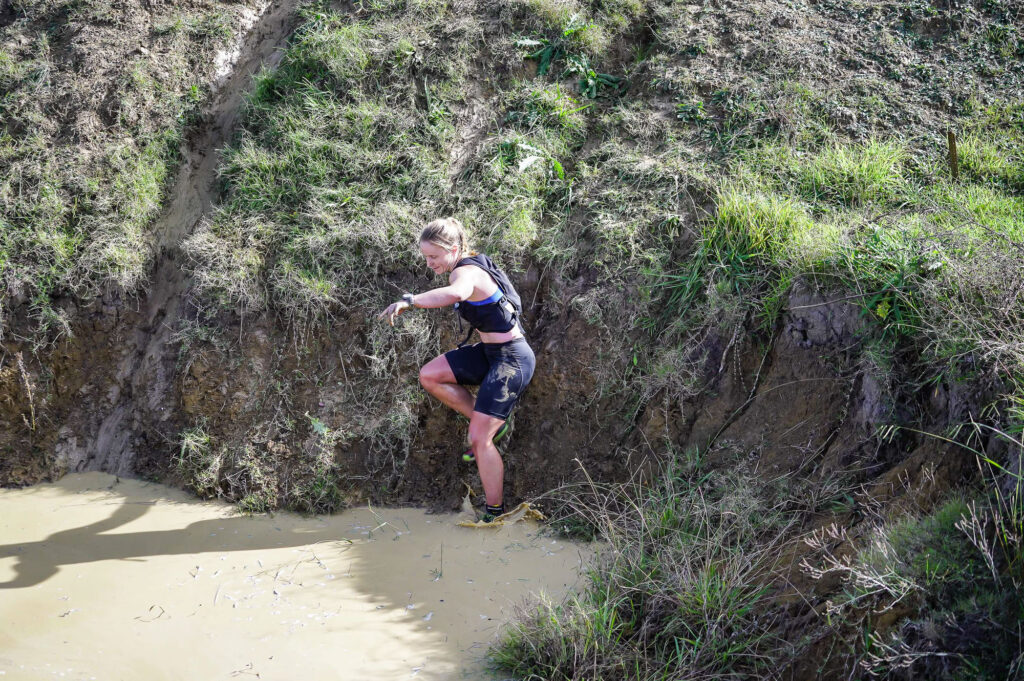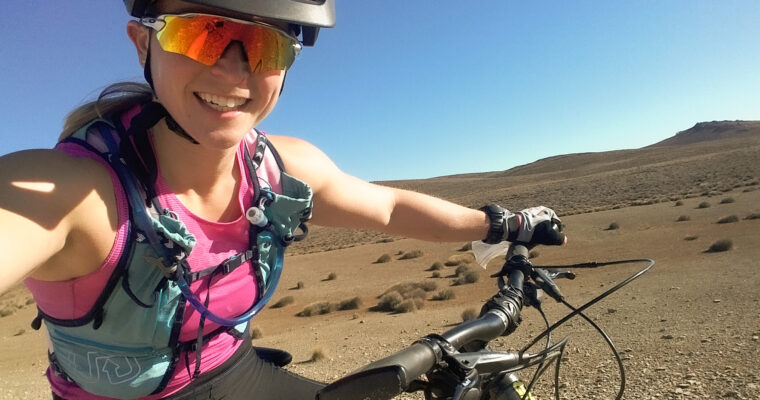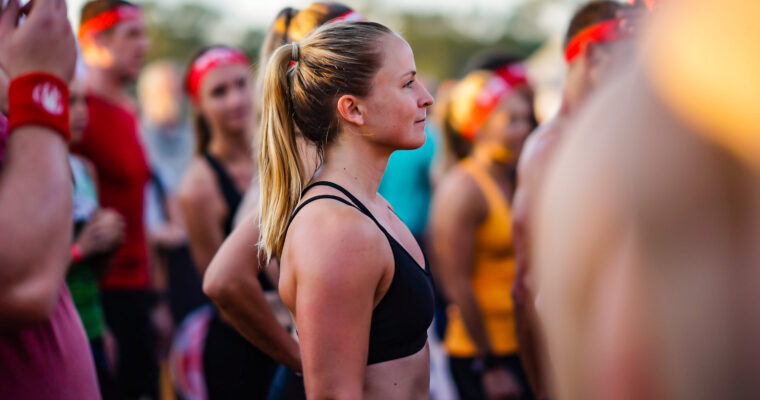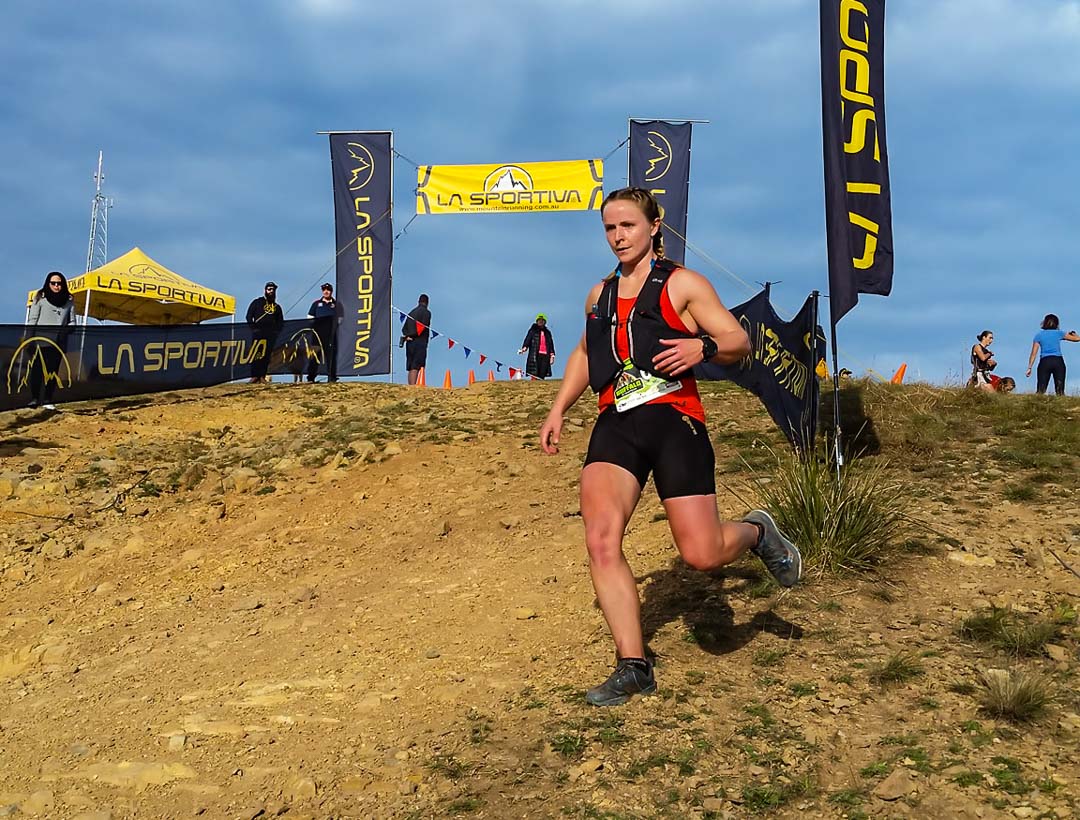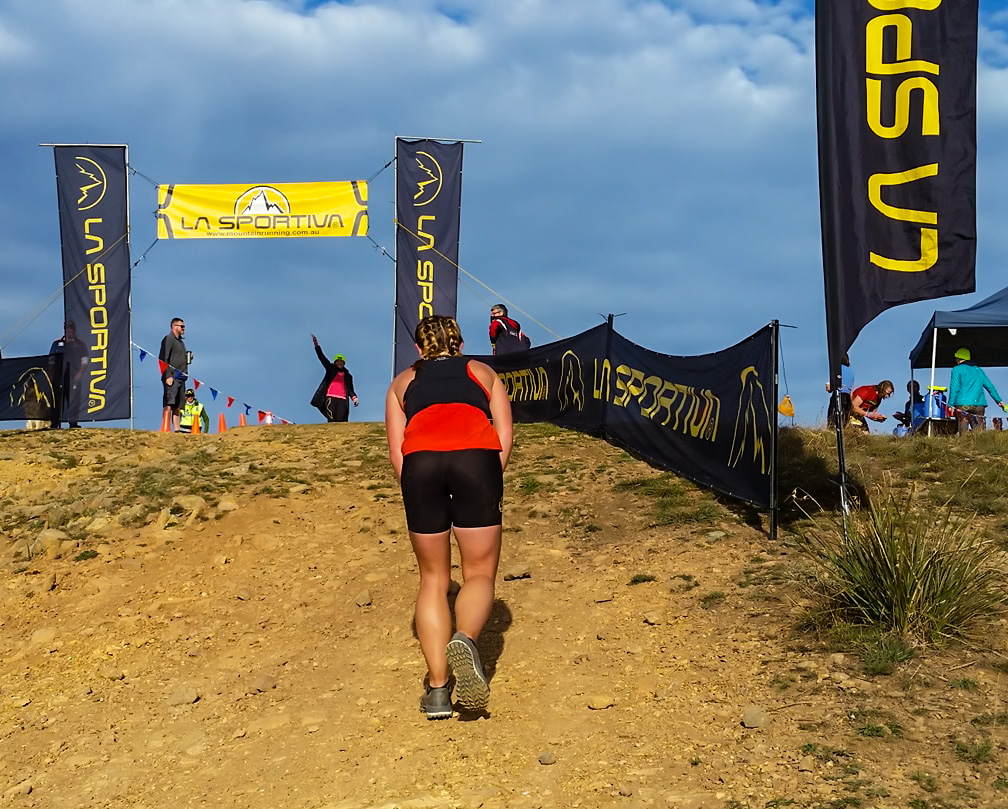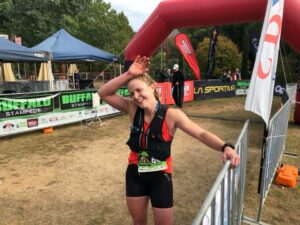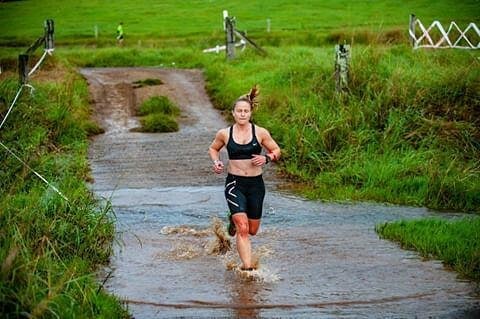I desperately wanted to be on the podium for this race and winning is a great feeling. But do you know what is even more awesome than winning? Knowing that you have given absolutely 100% and left everything on the course.
Going into this race after last weekend I just wanted to put in a solid effort, work hard and do well with no drama. Warming up it was 5 degrees, and standing at the start line I was slightly cold which means perfect fast racing weather. The first 3km is flat single trail, and the start was fast, but I managed to stay with the lead group of men and Jasmine Sargeant who was just in front. Rebecca Wilkinson was just behind. Jasmine got a bit of distance on me up the Mystic climb, but I was solidly running/power hiking and ran much more than I ever have up Mystic. This year the course went straight up the firetrail, no use of the single trail which made for quick times.
I found the Mick’s Track turn off and then descended that as fast as I could. Mission – stay on course – accomplished –last year I missed this turn off. Mick’s Track is a techy descent with areas of scree. In my head I repeated “I am safe”, seems extreme, but it worked and I descended 3 mins quicker than last year. Also helps choosing footwear with good grip. Last year I chose fancy, shiny shoes with no grip. Always choose what works for you not what colour coordinates well with your hydration vest. Transitioning to the Mt Clearspot climb my legs felt good, still plenty of climbing left in them and quads not sore from the descent.
There is good visibility at Mt Clearspot and I could see Jasmine about 400-500m ahead power hiking super quickly. My mantra for Clearspot was “up, up, keep moving up” (I think complicated things during races). There is not much opportunity to run up Mt Clearspot (1.66km 518m vert), and power hiking is not a strength of mine so I just really tried to focus on keeping moving at a steady rate. It was more techy this year with fallen trees and more scree, so that worked to my advantage and I summited 4 mins quicker than 2018. There was a summit party happening with cowbells and the crowd and volunteers were great. I quickly refilled my water flask and then descended like a crazy woman, because I felt good and if you feel good at half way time to push harder.
This descent is the hardest in the 20km, it is 31% av gradient, super slippery, there are no plants or bigger rocks to help control yourself, and you have to dodge everyone power hiking up. I was about half way down and thought I was going quickly, but I passed Teegs who was on her way up and she yelled at me to chase harder so I did, and was 3 mins faster on the down than 2018.
I had just been trying to survive the descent but on the flatter jog to the Mick’s Track climb I found Jasmine was just in front, and I was able to power hike past her and top out of Mick’s Track with a 2min lead. Mick’s Track is beautiful to ascend. Techy and rocky with plenty of plants and soft ferns. By this point I was tanked. My ribs were hurting (bruised them last weekend) and my feet had heat blisters from descending Clearspot so fast. But one thing I have learned the past year is that if you are hurting chances are everyone else is too.
Jogging the last hill to the Mystic landing pad was a bit of a struggle but I was so stoked to be coming first I was ready to put everything on the line. The Mystic descent is beautiful because the gradient is not so steep that every step is potentially dangerous. I put my foot on the gas because traditionally I get caught on the hills. I am like a cat. I like to climb up, but down has never come naturally. Spartan races have given me plenty of practise on Mystic descents, and the terrain is exactly like Canberra fire trails, so I felt really relaxed. I also was not worried about the last 3km because it is flat. I am now queen for this strava segment which is surreal because “I don’t run fast downhill”. I think my new view on my downhill skills is that “I can run fast downhill when I am super scared of being caught by second place”. I passed two guys on this descent right near the photographer. I had not seen her so it was a bit of a jump over her. I apologise for that, but there wasn’t much room to go anywhere else.
Any thoughts of getting to the finish line efficiently were immediately shattered as within 500m of running on the flat my blood pressure had dropped so much that I was seeing stars and felt like I was going to pass out. My quads had been completely destroyed so I think that contributed, but in the end it meant I had to lean on a tree for a few breaths and then walk for about 30 steps before I was ok to keep running. It was pretty demoralising, but skyrunning is not glamorous, that’s what I like about it. The whole 3km I was just waiting for someone to pass me. But I managed a jog (and my time on this segment was faster than last year). I have never felt so glad to see a finish line.
Just finishing any of the Buffalo Stampede races is a massive achievement, and it was great to see so many first timers cross the line (total race vert is 1,431m). My time was 2hr 23min and I kept pretty close to the boys finishing 5th overall and 9 mins ahead of 2nd female. More importantly than winning, I achieved what I set out to do, which was leave everything on the course, put in a solid race effort, and get some race confidence back.
